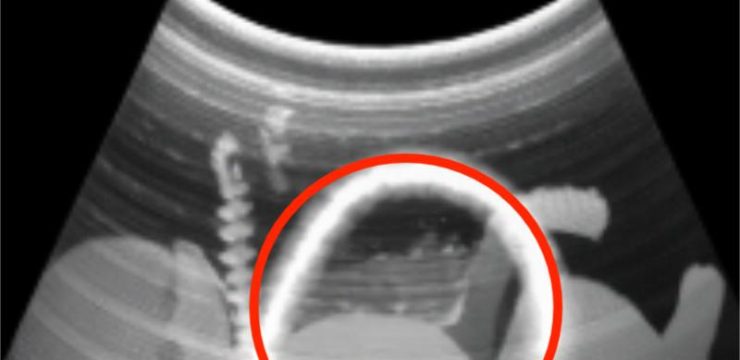If you’ve ever had braces or are considering them, you’ve probably heard of intermaxillary elastic bands, a vital component in achieving the perfect smile. These small yet powerful elastic bands work alongside brackets and archwires to create the additional force needed to move teeth into their desired positions. But why exactly are they so important? Let’s break it down.

The Role of Intermaxillary Elastic Bands
During orthodontic treatment, your dentist uses a system of brackets and archwires to apply pressure and guide your teeth into alignment. Intermaxillary elastic bands add another layer of force, enhancing the overall effectiveness of this process.
These elastic bands are strategically connected to brackets between the upper and lower teeth. Over time, they not only help move teeth into the correct position but also align the upper and lower jaws, ensuring a proper bite. By applying consistent, gentle pressure, the bands speed up the process of straightening teeth and correcting misalignments.
How Elastic Bands Work
Intermaxillary elastic bands are highly adaptable, making them suitable for a wide range of orthodontic issues. For example:
- Aligning Crooked Teeth: These bands can pull crooked or misaligned teeth into their correct positions on the dental arch.
- Fixing Buck Teeth: In cases of buck teeth, the bands are attached from the front hook of the upper jaw to the back hook of the lower jaw. This setup pulls the upper teeth backward while simultaneously bringing the lower teeth forward, correcting the alignment.
The bands are custom-fitted for each patient, ensuring they provide the right amount of tension for the specific orthodontic case. Wearing them consistently every day is crucial. Continuous use ensures that the pulling force remains stable, gradually moving teeth without causing excessive discomfort.
Material and Safety
Intermaxillary elastic bands are made from high-quality medical-grade rubber. This material is not only durable but also safe for use in the mouth. Designed to avoid irritation, these elastics are gentle on the oral cavity, ensuring a comfortable experience for the wearer.
Why Consistency Matters
One of the most important aspects of using intermaxillary elastic bands is wearing them as directed by your dentist. The consistent, gentle force they provide is key to achieving the desired results. Skipping days or failing to replace worn-out bands can delay progress and extend the overall treatment time.
Final Thoughts
Intermaxillary elastic bands may be small, but their impact on your orthodontic journey is significant. From aligning crooked teeth to correcting jaw discrepancies, these elastics play a crucial role in achieving a healthy, beautiful smile. Made from safe materials and customized for each patient, they are a vital part of any orthodontic plan.
By wearing them consistently and following your dentist’s instructions, you’ll be one step closer to the confident smile you deserve.





